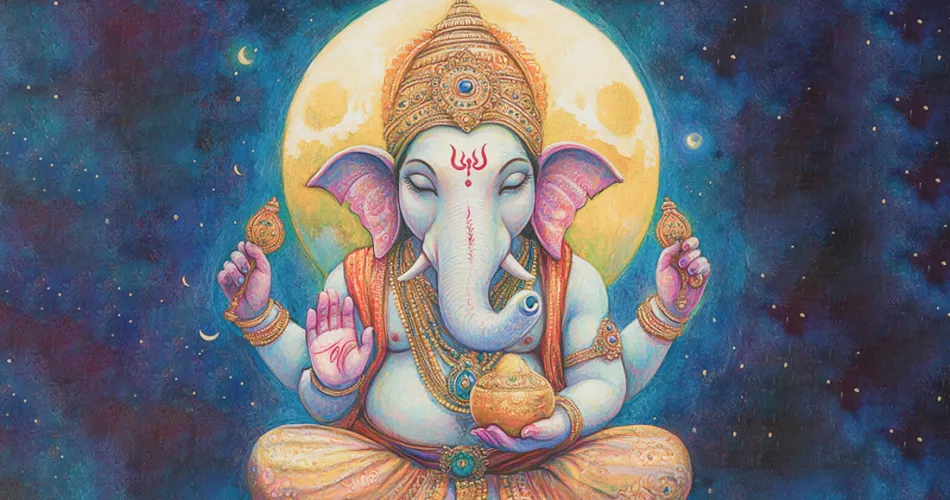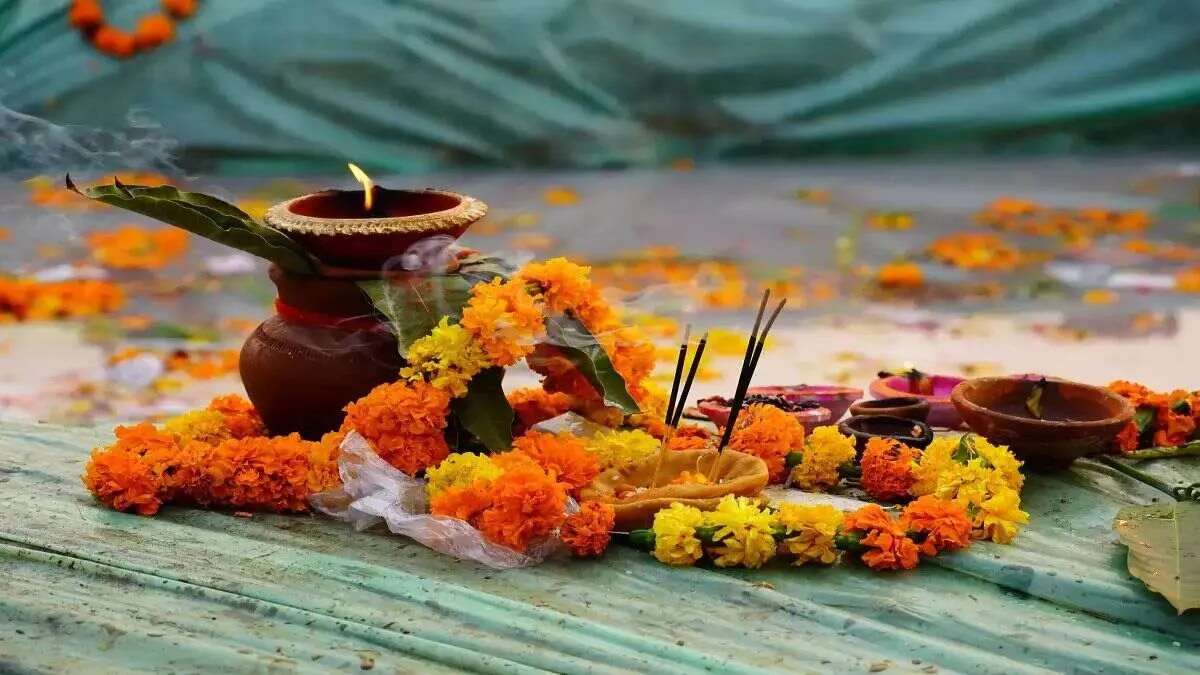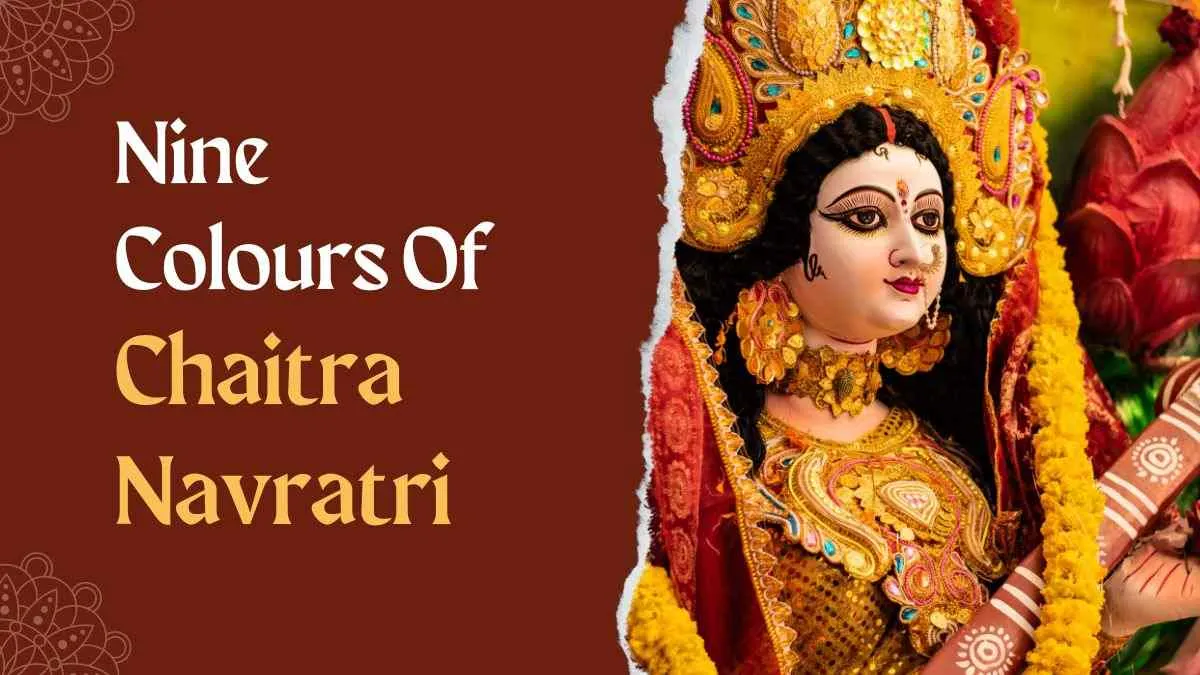Mahalaya Amavasya, also known as Sarva Pitru Amavasya, is a significant day in the Hindu calendar, marking the end of the Pitru Paksha period and the beginning of the Devi Paksha, which leads to the celebration of Durga Puja. It is observed on the Amavasya (new moon day) of the Hindu month of Ashwin (usually in September or October). This day holds great spiritual and religious importance as it is dedicated to paying homage to one’s ancestors through special rituals and prayers.
The Spiritual Essence of Mahalaya Amavasya
The core of Mahalaya Amavasya lies in the deeply rooted Hindu concept of honoring one’s ancestors or Pitrs. Hindu tradition emphasizes that individuals owe their existence to their ancestors and, by extension, have a duty to pay homage to them. The belief is that during Pitru Paksha, the souls of the deceased leave Pitru Loka—the realm of the ancestors—and descend to Earth in search of offerings and blessings from their descendants.
Mahalaya Amavasya represents the culmination of this 15-day period of veneration, wherein the living offer Shradh, Tarpan, and Pind Daan to ensure the peace and salvation of their ancestors. By performing these rituals, descendants aim to free the souls from any lingering karmic debt and help them achieve moksha (liberation from the cycle of birth and death).
Additionally, this day symbolizes the cosmic transition from Pitru Paksha to Devi Paksha, an auspicious shift from a time dedicated to honoring the past to a period celebrating divine feminine energy through Durga Puja. It is believed that on this day, goddess Durga begins her descent to Earth, commencing the preparations for her grand festival.
Mythological Origins

The significance of Mahalaya Amavasya is intricately tied to Hindu mythology, particularly the story of Karna from the Mahabharata. Karna, a generous warrior known for his charity, was deprived of food in the afterlife because, during his lifetime, he had never performed rituals to honor his ancestors. When he questioned why, he was granted the opportunity to return to Earth for a period of 15 days to offer Shradh and make amends. This myth forms the basis of the observances during Pitru Paksha, with Mahalaya Amavasya being the most important day to perform these rituals.
Rituals Performed on Mahalaya Amavasya

- Shradh and Tarpan:
Shradh and Tarpan are the primary rituals conducted during Mahalaya Amavasya. Shradh involves offering food to the ancestors, while Tarpan is the act of offering water mixed with black sesame seeds, barley, and Kusha grass to the souls of the deceased. These rituals, often performed on riverbanks or sacred water bodies, symbolize the nourishment of the ancestral souls and the prayer for their release from the cycle of rebirth. According to Hindu belief, performing Shradh on Mahalaya Amavasya benefits all departed souls in a family, even if the exact death anniversary is unknown. - Pind Daan:
Another significant ritual is Pind Daan, which involves offering rice balls (pinda) to the souls of the ancestors. This is a crucial act, especially for families who may not have been able to perform regular death anniversary rites. Sacred places like Gaya (Bihar), Haridwar, and the banks of the Ganges are popular sites for performing Pind Daan, as it is believed that these locations enhance the efficacy of the rituals and aid in securing moksha for the departed. - Charity and Feeding the Poor:
Charity plays an essential role on Mahalaya Amavasya, where food, clothes, and other essentials are donated to the poor and needy. Feeding Brahmins and providing offerings to animals, birds, and the homeless are also considered highly auspicious. It is believed that by feeding others, the ancestors are spiritually nourished, and the family receives their blessings for prosperity, happiness, and good health. - Observing Fast:
Many devotees observe a fast on Mahalaya Amavasya, abstaining from food until the rituals are completed. Fasting is seen as an act of purification, not only of the body but also of the mind and spirit, which helps strengthen the connection with the ancestors. - Recitation of Scriptures:
On Mahalaya Amavasya, it is common to recite sacred texts such as the Bhagavad Gita, Garuda Purana, or passages from the Ramayana. In Bengal, this day is marked by the early morning recitation of the Mahishasura Mardini hymns, which celebrate the goddess Durga’s victory over the buffalo demon Mahishasura. This ritual is deeply ingrained in Bengali culture and signifies the official countdown to Durga Puja.
Mahalaya Amavasya in Bengal: The Prelude to Durga Puja

In West Bengal, Mahalaya Amavasya has a special significance as it marks the beginning of Durga Puja, the largest and most grandly celebrated festival in the region. Early on Mahalaya morning, Bengalis listen to the Mahishasura Mardini, a traditional rendition of Sanskrit hymns that narrate the goddess Durga’s battle and victory over the demon Mahishasura.
The day is steeped in nostalgia and cultural pride, as families wake up before dawn to listen to the melodious and powerful chants, signaling the arrival of Devi Durga. The festival is not merely a religious observance but a cultural event that brings communities together in celebration of the goddess’s power and grace.
Astronomical and Cosmological Importance
Mahalaya Amavasya is significant from an astronomical perspective as well. The day coincides with the new moon, when the Sun and the Moon align in such a way that the Moon is not visible from Earth. In Vedic astrology, Amavasya is a time when the influence of the Moon is absent, symbolizing a period of introspection and offering the opportunity for spiritual renewal.
The alignment of the celestial bodies on this day is believed to enhance the spiritual potency of the rituals performed. The cosmic energy during Mahalaya Amavasya is said to facilitate communication between the living and the souls of the deceased, allowing blessings and gratitude to flow freely.
Moral and Philosophical Lessons
Mahalaya Amavasya teaches profound philosophical lessons about life, death, and the continuity of existence. It serves as a reminder that death is not the end but a transition in the eternal journey of the soul. The observance encourages individuals to reflect on their roots, acknowledge the sacrifices of their ancestors, and cultivate a sense of duty towards family and community.
In Hindu philosophy, honoring ancestors is seen as a way to fulfill one’s Dharma (moral duty) and to cleanse oneself of negative karma. It reinforces the belief that by maintaining harmony with one’s past, it is possible to secure a more prosperous and spiritually fulfilling future.
Conclusion
Mahalaya Amavasya is a day that bridges the gap between the past and the present, the living and the departed, and the mortal and the divine. Its rituals and customs reflect the deep respect for ancestors ingrained in Hindu culture, while its cosmological significance highlights the interconnectedness of all life forms across time and space. More than a religious observance, it is a celebration of the eternal bond between generations and the cyclical nature of life, death, and rebirth.

























